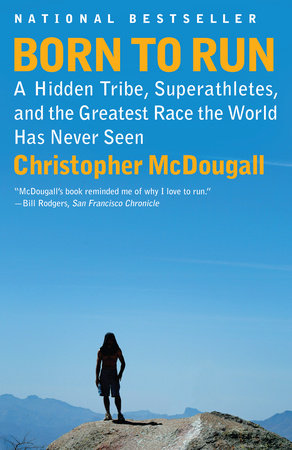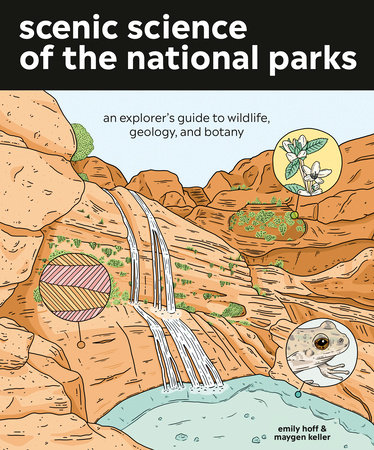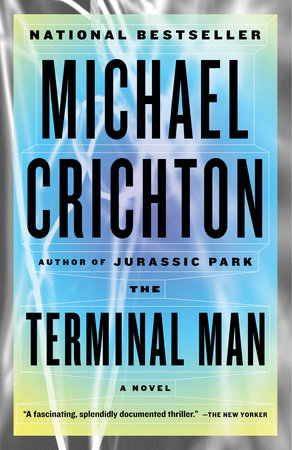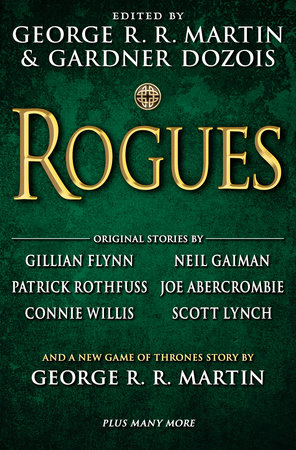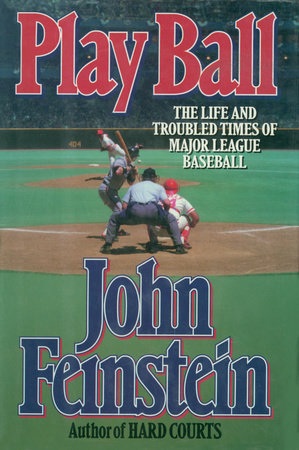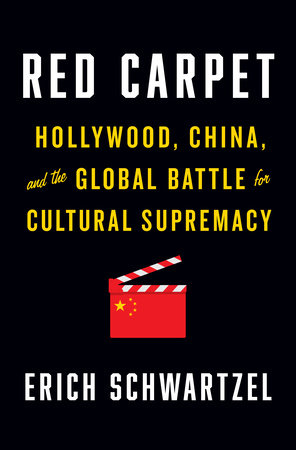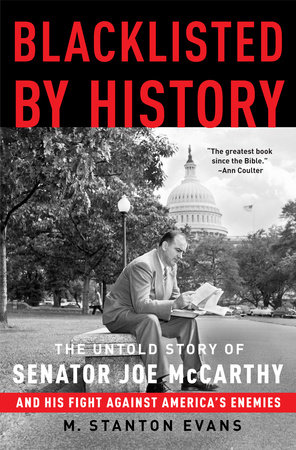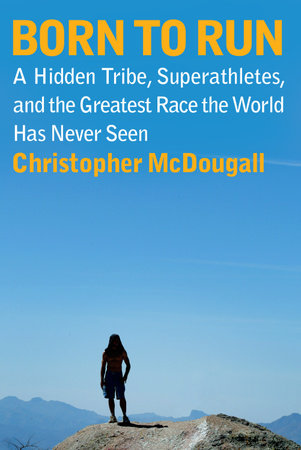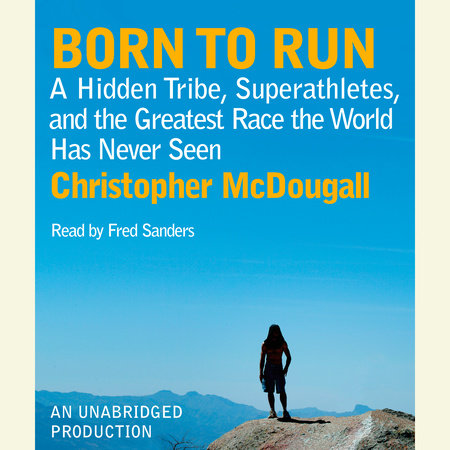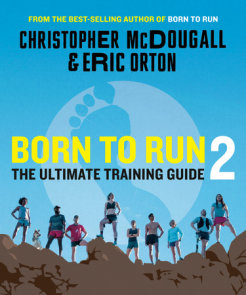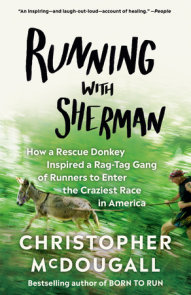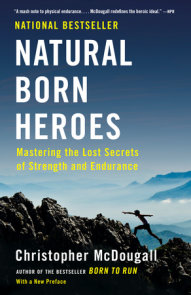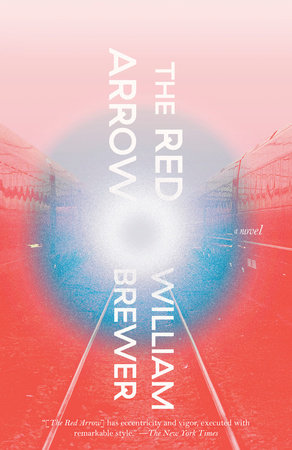Author Q&A
Q: BORN TO RUN explores the life and running habits of the Tarahumara Indians of Mexico’s Copper Canyon, arguably the greatest distance runners in the world. What are some of the secrets you learned from them?
A: The key secret hit me like a thunderbolt. It was so simple, yet such a jolt. It was this: everything I’d been taught about running was wrong. We treat running in the modern world the same way we treat childbirth – it’s going to hurt, and requires special exercises and equipment, and the best you can hope for is to get it over with quickly with minimal damage.
Then I meet the Tarahumara, and they’re having a blast. They remember what it’s like to love running, and it lets them blaze through the canyons like dolphins rocketing through waves. For them, running isn’t work. It isn’t a punishment for eating. It’s fine art, like it was for our ancestors. Way before we were scratching pictures on caves or beating rhythms on hollow trees, we were perfecting the art of combining our breath and mind and muscles into fluid self-propulsion over wild terrain. And when our ancestors finally did make their first cave paintings, what were the first designs? A downward slash, lightning bolts through the bottom and middle — behold, the Running Man.
The Tarahumara have a saying: “Children run before they can walk.” Watch any four-year-old – they do everything at full speed, and it’s all about fun. That’s the most important thing I picked up from my time in the Copper Canyons, the understanding that running can be fast and fun and spontaneous, and when it is, you feel like you can go forever. But all of that begins with your feet. Strange as it sounds, the Tarahumara taught me to change my relationship with the ground. Instead of hammering down on my heels, the way I’d been taught all my life, I learned to run lightly and gently on the balls of my feet. The day I mastered it was the last day I was ever injured.
Q: You trained for your first ultramarathon—a race organized by the mysterious gringo expat Caballo Blanco between the Tarahumara and some of America’s top ultrarunners—while researching and writing this book. What was your training like?
A: It really started as kind of a dare. Just by chance, I’d met an adventure-sports coach from Jackson Hole, Wyoming named Eric Orton. Eric’s specialty is tearing endurance sports down to their basic components and looking for transferable skills. He studies rock climbing to find shoulder techniques for kayakers, and applies Nordic skiing’s smooth propulsion to mountain biking. What he’s looking for are basic engineering principles, because he’s convinced that the next big leap forward in fitness won’t come from strength or technology, but plain, simple durability. With some 70% of all runners getting hurt every year, the athlete who can stay healthy and avoid injury will leave the competition behind.
So naturally, Eric idolized the Tarahumara. Any tribe that has 90-year-old men running across mountaintops obviously has a few training tips up its sleeve. But since Eric had never actually met the Tarahumara, he had to deduce their methods by pure reasoning. His starting point was uncertainty; he assumed that the Tarahumara step into the unknown every time they leave their caves, because they never know how fast they’ll have to sprint after a rabbit or how tricky the climbing will be if they’re caught in a storm. They never even know how long a race will be until they step up to the starting line – the distance is only determined in a last-minute bout of negotiating and could stretch anywhere from 50 miles to 200-plus.
Eric figured shock and awe was the best way for me to build durability and mimic Tarahumara-style running. He’d throw something new at me every day – hopping drills, lunges, mile intervals – and lots and lots of hills. There was no such thing, really, as long, slow distance – he’d have me mix lots of hill repeats and short bursts of speed into every mega-long run.
I didn’t think I could do it without breaking down, and I told Eric that from the start. I basically defied him to turn me into a runner. And by the end of nine months, I was cranking out four hour runs without a problem.
Q: You’re a six foot four inches tall, 200-plus pound guy – not anyone’s typical vision of a distance runner, yet you’ve completed ultra marathons and are training for more. Is there a body type for running, as many of us assume, or are all humans built to run?
A: Yeah, I’m a big’un. But isn’t it sad that’s even a reasonable question? I bought into that bull for a loooong time. Why wouldn’t I? I was constantly being told by people who should know better that “some bodies aren’t designed for running.” One of the best sports medicine physicians in the country told me exactly that – that the reason I was constantly getting hurt is because I was too big to handle the impact shock from my feet hitting the ground. Just recently, I interviewed a nationally-known sports podiatrist who said, “You know, we didn’t ALL evolve to run away from saber-toothed tigers.” Meaning, what? That anyone who isn’t sleek as a Kenyan marathoner should be extinct? It’s such illogical blather – all kinds of body types exist today, so obviously they DID evolve to move quickly on their feet. It’s really awful that so many doctors are reinforcing this learned helplessness, this idea that you have to be some kind of elite being to handle such a basic, universal movement.
Q: If humans are born to run, as you argue, what’s your advice for a runner who is looking to make the leap from shorter road races to marathons, or marathons to ultramarathons? Is running really for everyone?
A: I think ultrarunning is America’s hope for the future. Honestly. The ultrarunners have got a hold of some powerful wisdom. You can see it at the starting line of any ultra race. I showed up at the Leadville Trail 100 expecting to see a bunch of hollow-eyed Skeletors, and instead it was, “Whoah! Get a load of the hotties!” Ultra runners tend to be amazingly healthy, youthful and – believe it or not – good looking. I couldn’t figure out why, until one runner explained that throughout history, the four basic ingredients for optimal health have been clean air, good food, fresh water and low stress. And that, to a T, describes the daily life of an ultrarunner. They’re out in the woods for hours at a time, breathing pine-scented breezes, eating small bursts of digestible food, downing water by the gallons, and feeling their stress melt away with the miles. But here’s the real key to that kingdom: you have to relax and enjoy the run. No one cares how fast you run 50 miles, so ultrarunners don’t really stress about times. They’re out to enjoy the run and finish strong, not shave a few inconsequential seconds off a personal best. And that’s the best way to transition up to big mileage races: as coach Eric told me, “If it feels like work, you’re working too hard.”
Q: You write that distance running is the great equalizer of age and gender. Can you explain?
A: Okay, I’ll answer that question with a question: Starting at age nineteen, runners get faster every year until they hit their peak at twenty- seven. After twenty- seven, they start to decline. So if it takes you eight year to reach your peak, how many years does it take for you to regress back to the same speed you were running at nineteen?
Go ahead, guess all you want. No one I’ve asked has ever come close. It’s in the book, so I won’t give it away, but I guarantee when you hear the answer, you’ll say, “No way. THAT old?” Now, factor in this: ultra races are the only sport in the world in which women can go toe-to-toe with men and hand them their heads. Ann Trason and Krissy Moehl often beat every man in the field in some ultraraces, while Emily Baer recently finished in the Top 10 at the Hardrock 100 while stopping to breastfeed her baby at the water stations.
So how’s that possible? According to a new body of research, it’s because humans are the greatest distance runners on earth. We may not be fast, but we’re born with such remarkable natural endurance that humans are fully capable of outrunning horses, cheetahs and antelopes. That’s because we once hunted in packs and on foot; all of us, men and women alike, young and old together.
Q: In BORN TO RUN, you ask the question: If humans are born to run, why do so many of us hate it?
A: Because our brains are crafty. They’re schemers. The brain’s job is to figure out the most fuelefficient way to run the machines, so it’s always looking for ways to rest and store up energy. For about two million years, that was a great strategy – our brains convinced us to only run when we absolutely had to, which meant we’d always have fuel on hand in an emergency. But now that we’ve created a lifestyle that almost never forces us to rely on leg-power, that lingering fuelefficient function of our brains could be the downfall of our species. We’re literally lazing ourselves to death.
Q: One of the fascinating parts of BORN TO RUN is your report on how the ultrarunners eat –salad for breakfast, wraps with hummus mid-run, or pizza and beer the night before a run. As a runner with a lot of miles behind him, what are your thoughts on nutrition for running?
A: Live every day like you’re on the lam. If you’ve got to be ready to pick up and haul butt at a moment’s notice, you’re not going to be loading up on gut-busting meals. I thought I’d have to go on some kind of prison-camp diet to get ready for an ultra, but the best advice I got came from coach Eric, who told me to just worry about the running and the eating would take care of itself. And he was right, sort of. I instinctively began eating smaller, more digestible meals as my miles increased, but then I went behind his back and consulted with the great Dr. Ruth Heidrich, an Ironman triathlete who lives on a vegan diet. She’s the one who gave me the idea of having salad for breakfast, and it’s a fantastic tip. The truth is, many of the greatest endurance athletes of all time lived on fruits and vegetables. You can get away with garbage for a while, but you pay for it in the long haul. In the book, I describe how Jenn Shelton and Billy “Bonehead” Barnett like to chow pizza and Mountain Dew in the middle of 100-mile races, but Jenn is also a vegetarian who most days lives on veggie burgers and grapes.
Q: As you report in BORN TO RUN, Dr. Dan Lieberman is a scientist at Harvard who is currently studying the effects of barefoot running. What exactly is barefoot running and the theories behind it?
A: The logic almost smacks you in the face. We’ve accepted this notion that running requires specialized, protective footwear, but Dr. Lieberman points out the absurdity of that idea. For nearly 2 million years, we got along just fine with bare feet. So why, all of a sudden, do we need foam under our feet? And it’s not because of asphalt — hard surfaces have been around forever. The Tarahumara still run mega-miles on stony canyon trails. Dr. Lieberman is convinced that running shoes aren’t just useless, but dangerous — he believes they cause many of the injuries they’re supposed to be preventing.
Q: You take a pretty strong stand against the traditional running shoe companies in BORN TO RUN, and are currently running “barefoot” in Vibram FiveFingers. Can you tell me a little more about what the shoe companies are doing to our bodies?
A: Here’s a story I don’t tell in the book. While I was writing it, I was mortified to suddenly come down with a case of plantars fasciitis, a nagging heel pain that’s the vampire bite of running injuries. Once you get it, you never get rid of it. I knew the problem couldn’t be my running style, because I was sure I’d already perfected Tarahumara-style technique. I saw a series of top podiatrists, therapists and sports-medicine doctors and nothing helped. This went on for more than a year. Then I visited a barefoot-style running coach who cured me in three minutes. True story. Three minutes. He videotaped me running, showed me what I was doing wrong, and the pain vanished. It wasn’t an inflammation, as every doctor had told me. It was an imbalance, caused by running shoes. I’d tried to split the difference between barefoot and shod by wearing a neutral running shoe, but even that amount of cushioning had caused me to lose my feel for the ground. I’d regressed back to my sloppy old style. The second I lost the shoes, the plantars fasciitis vanished.
That’s my argument against shoes. I’d love to hear the argument in favor of them. Do you know there is not a single study that shows that running shoes do anything to prevent injuries? Not one. They’ve been around for 40 years, and as far as anyone can tell, they do nothing except look cool and lighten your wallet.
Q: Logistically, how did you organize your research and experiences while writing BORN TO RUN?
A: Trial and error, heavy on the error. I wrote nearly half the book before realizing I hadn’t even gotten to the Tarahumara yet. I shredded that draft and started over. This time, I was halfway in before my agent pointed out that I was writing about the wrong race, in the wrong country, in the wrong century. I’d gotten totally absorbed in the history of Leadville, Colorado, home to one of the wildest ultraraces on earth, not to mention a tradition that exists today of miners running marathons over mountain passes alongside packmules. Back to the shredder, back to the beginning. The problem with writing about running is also the delight – dig into the history a little, and you’ll find a fantastic amount of lost lore and incredible characters. Choosing and organizing was a bear. In the end, I managed to navigate by three key elements I wanted to get across: the joy of Tarahumara running; the evidence that we were all born to not only run, but love it; and the unreal drama that explodes when you turn a pack of ultrarunners loose on virgin trail.
Q: In this difficult financial time, we’re experiencing yet another surge in the popularity of running. Can you explain this?
A: When things look worst, we run the most. Three times, America has seen distance-running skyrocket and it’s always in the midst of a national crisis. The first boom came during the Great Depression; the next was in the ‘70s, when we were struggling to recover from a recession, race riots, assassinations, a criminal President and an awful war. And the third boom? One year after the Sept. 11 attacks, trailrunning suddenly became the fastest-growing outdoor sport in the country. I think there’s a trigger in the human psyche that activates our first and greatest survival skill whenever we see the shadow of approaching raptors.
